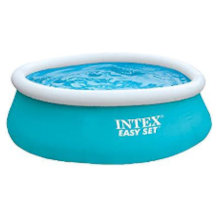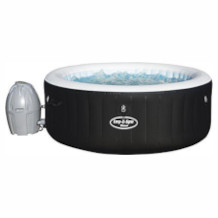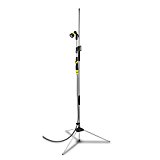Robot pool cleaner purchasing advice: how to choose the right product
- What You Need to Know
- Pool robots clean the pool. Depending on the model type, they limit themselves to the floor or also clean the walls.
- Semi-automatic robots are connected to the pool pump via a hose. Fully automatic models work corded and independently.
- The hose or cable must be long enough for the robot to reach all corners of the pool. If in doubt, the device can be controlled manually.
- With a dry-running protection and a cable twist protection, the robot works error-free and thus as effectively as possible.
- While special models also clean swimming ponds, the devices can only be used in salt water to a limited extent.
Cooling down instead of cleaning
To be able to relax in your own pool during the summer, the water should be clear and clean. To keep your pool hygienic and free of dirt, you need to clean it regularly. To save yourself the physical labour and to ensure that your place of relaxation does not become a burden, the purchase of a pool robot is a sensible investment for pool owners.
In contrast to manual cleaning, you save time because a pool robot does its work without taking a break and is also active at night if necessary. The robot independently cleans the floor and walls of the pool; like a hoover robot for the pool. In addition, it circulates the water and distributes the chlorine in the pool. This reduces the consumption of chemical cleaning agents and protects the environment. The final result is better than if you clean by hand; even if the robot misses corners, you can always use it manually to clean the dirty areas. Depending on the model and size of the pool, you may have to accept high purchase costs.
Pro points
- Effective pool cleaning
- Easy handling
- Circulation of the water
- Saves time
Drawbacks
- High costs
- Possible inaccuracies during cleaning
How does a pool robot work?
Pool robots are compact, wheel-driven machines that move along the bottom or, depending on the model, the walls of the pool to clean it. They pick up loose dirt and pass it on to a filter system; optional brushes remove stubborn dirt from the pool surface. The two different types of models differ in their type of drive: there are semi-automatic and fully automatic pool robots.
Is a pool robot suitable for cleaning a swimming pond?
A conventional pool robot should not be used for cleaning a swimming pond. Many models are not capable of removing algae and similar debris. If in doubt, check the manufacturer’s specifications. Some devices are certainly designed for cleaning a swimming pond, but they cost around 1,000 euros.
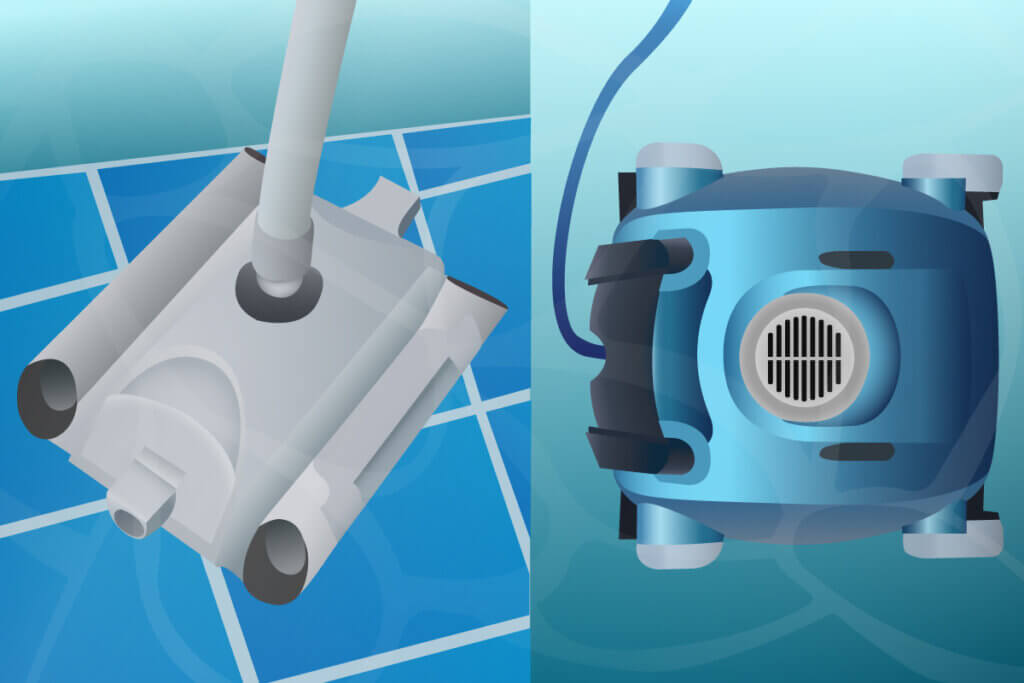
Are pool robots resistant to salt water?
Some robots are not resistant to salt water. However, there are at least various devices that can withstand a certain concentration. The total concentration should not exceed five grams per litre, otherwise the device could be damaged. Pool robots have no problems in fresh water.
Semi-automatic pool robots
Semi-automatic pool robots do not have their own drive, instead they are connected to the pool’s filter system via a hose. Consequently, you can only put it into operation when the pool’s pump is switched on. Due to the resulting vacuum, the robot sucks itself to the bottom and moves away. In doing so, it picks up loose dirt, which is collected in the pool’s filter system via the hose. The cleaning performance of the pool robot therefore depends on the performance of the pool pump.
The route that the device follows is random, which is why a semi-automatic robot may not reach all corners of the pool. Accordingly, it takes a long time to clean the pool completely. In addition, the machine only cleans the floor, as it cannot move along the walls. Therefore, a semi-automatic robot is particularly suitable for small pools and above-ground pools with liner walls, where the cleaning effort is less.
Pro points
- No external power source needed
- Quiet operation
- Water circulation at high pumping speed
- Low wear and tear
- Low purchase price
Drawbacks
- Additional load on the pool filter system
- Cleaning depends on pump performance
- No cleaning of walls and slopes
- Cleaning at random
Fully automatic pool robots
Fully automatic pool robots are more powerful than their semi-automatic counterparts. They clean the entire pool including the walls up to the waterline. Thanks to the motor, they work independently of the pool pump: the motor sets the devices in motion and also lets them climb slopes or stairs. To start the robot, you need to power it via a cable; some models have a rechargeable battery.
The dirt is picked up by a suction mechanism and collected in an integrated filter bag or cartridge. In this way, they relieve the strain on the pool’s filter system. Fully automatic pool robots with the corresponding special function work particularly intelligently: they scan the ground for dirt and also recognise the degree of contamination. If a spot does not become clean with a single sweep, the robot makes an extra round until the pool is completely cleaned. During the cleaning process, the water is also circulated.
Pro points
- Reliable cleaning even in large pools
- Circulation of the water
- Removal of stubborn dirt
- Cleaning of the walls up to the waterline
Drawbacks
- High costs
- Loud operation
- Higher wear and tear
What kind of dirt does a pool robot remove?
Some pool robot models only pick up loose dirt particles. If the device is equipped with brushes, it can also remove more stubborn debris. Depending on the filter system, the dirt is filtered to different degrees. Pool robots remove the following particles, among others: Pollen, sand and soil, hair, plant seeds and parts such as leaves, stone chips, algae, insects, grass clippings as well as bacteria.
What to consider when buying a pool robot?
The question of whether to buy a semi-automatic or a fully automatic pool robot should depend on the size and nature of your pool. Depending on the shape, materials and cleaning areas, a semi-automatic model may be sufficient; in yet other cases, a fully automatic device is necessary to clean the entire pool. In addition, you should pay attention to the length of the hose and the cable as well as the filter performance and the type of filter. Not only the cleaning result but also the cleaning time depend on this. With accessories, such as a remote control, you can get the most out of your robot.
Design
First of all, the size of the pool is crucial. The robot’s performance depends on the area to be cleaned. If the robot is too underpowered for a large pool, it will not be able to clean the entire area effectively. As a rule of thumb, the larger the pool, the more power the robot should have.
Some models are only suitable for round or square pools, while others can be used in any pool. Especially corners, the wall area of round pools as well as unevenness in the ground pose a challenge for inexpensive robots. If you have an above ground or polyester pool, a semi-automatic robot is best. High-quality pools with tiles, painted concrete or different installed materials should be cleaned with a fully automatic robot. Last but not least, the depth of the pool is crucial. Not all models are designed for all depths. Pay attention to the manufacturer’s specifications to see if the robot meets the requirements of your pool.
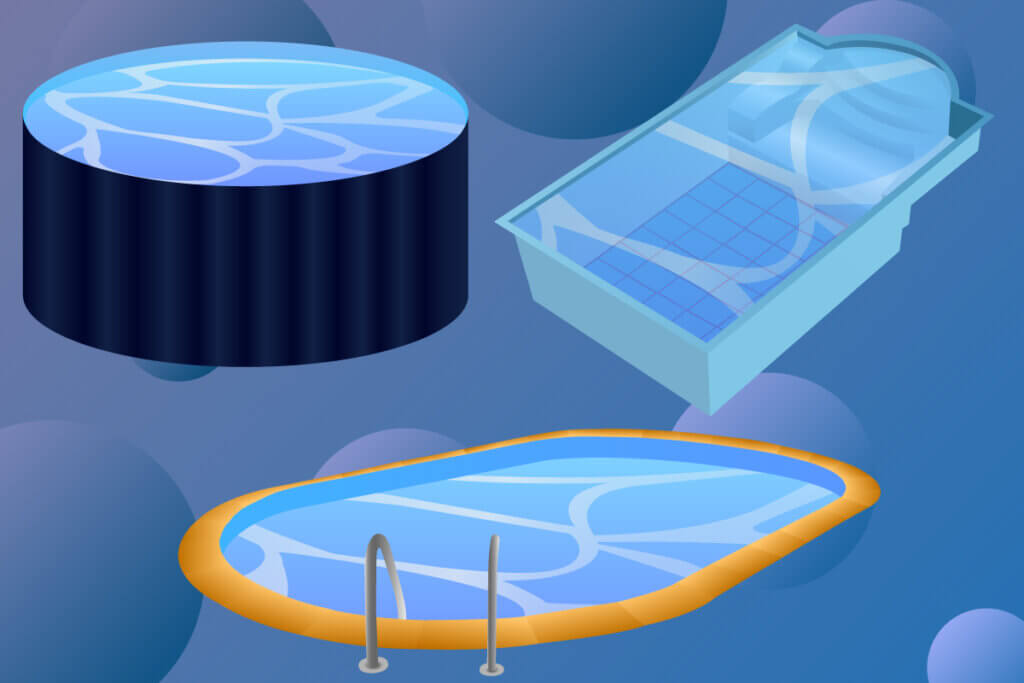
Material
The surface on which the pool robot works is also crucial for the performance of the machine. For example, some machines can only perform best on liner, while others are designed to work on tile. For pools with particularly smooth walls made of steel or stainless steel, for example, a machine with foam brushes is recommended, as the usual PVC brushes may not have enough grip.
Cleaning areas
Not all pool robots can clean all areas of the pool. Semi-automatic robots are only designed to clean the floor, while most fully automatic models can also clean walls, slopes and stairs. For best results, the floor should be level and straight. Before cleaning, remove all loose objects, such as boarding ladders, from the pool so that the robot can also run along the wall without getting stuck.
Hose and cable length
The length of the hose is relevant for semi-automatic pool robots, whereas the length of the cable is relevant for fully automatic models. A hose that is too short or a cable that is too short can mean that the robot does not clean the entire pool, as it may not reach all the spots. Therefore, the hose or cable should be at least one to three metres longer than the widest distance from one side of the pool to the other. If your fully automatic pool robot is powered by a rechargeable battery, it is up to you whether you still pay attention to the length of the cable in case the battery is not charged or the robot has not finished its work after one or two hours.
We advise against models with a hose or cable length of 4 to 5 metres, as these are usually too short. 7 to 10 metres are more advisable; a length of 15 metres is sufficient for most small to medium-sized pools. For large pools, lengths of 18 to 20 metres are recommended.
Filter
Semi-automatic pool robots do not have their own filter, but depend on the pool’s filter and pump system. Check the manufacturer’s specifications for the minimum power that the pump must have in order for the robot to do its job. Make sure that both are compatible with each other.
Fully automatic pool robots, on the other hand, have their own filter system in which the dirt is collected. The filtration capacity of these types of models is given in cubic metres per hour. Inexpensive robots for small pools have a filter capacity of 1 to 3 cubic metres per hour. The performance of high-quality models is in the double-digit range: 16 cubic metres per hour as a value is sufficient for a pool with a size of up to 50 square metres. Some models even have a capacity of 20 cubic metres per hour. There are a total of three different filter systems installed in fully automatic pool robots:
Filter bag/bag: A system that filters very fine debris. It can be removed and washed by hand or in the washing machine.
Filter basket: The filter looks like a basket and collects rather coarse dirt. It can hold several litres before it needs to be emptied.
Cartridge filter: Cartridges are fan-shaped paper filters that retain very fine dirt. Coarse objects can easily get caught in them.
The filter systems are generally removable so you can clean them. The finer the filter system, the quicker deposits or even blockages occur, which you have to deal with by hand.
Cleaning time

The time it takes the robot to completely clean the pool depends on the size of the pool. Usually the process takes several hours. You can select specific cleaning cycles, which vary depending on the model. Most manufacturers programme cycles that last between one and four hours. In addition, you can set a time yourself and let the robot do its work with a timer.
Weight

Pool robots are not lightweights. Some models weigh only five kilograms, while others weigh ten or more kilograms. Particularly light models are easier to handle, for example during maintenance and repair. Some manufacturers offer caddies and transport trolleys for their products, which help you to transport heavier robots from the storage location to the pool.
Control
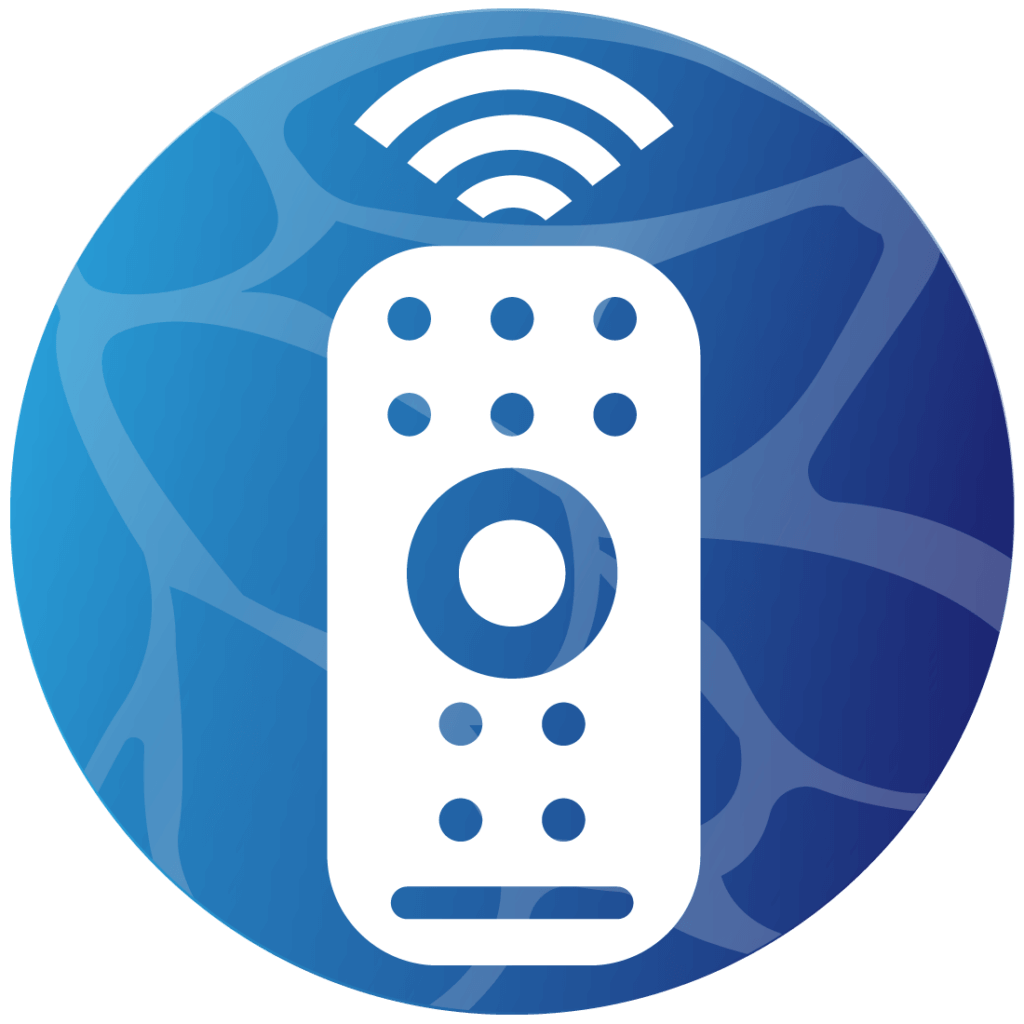
Semi-automatic robots travel randomly across the pool floor, while fully automatic models scan the pool to determine their direction of travel. If you want to manually assist, a remote control is recommended. Some manufacturers also offer an app: With this, you can not only control the device, but also view the remaining cleaning time and programme the robot.
Price

Simple basic models that work semi-automatically are already available for less than 100 euros, but can cost up to 200 euros. Fully automatic pool robots usually start at 400 euros. Particularly high-quality models, which are designed for large pools and are very well equipped and particularly powerful, already cost around 1,500 euros. A few devices even cost more than 2,000 euros.
Extras
With some extras and certain accessories, you can get the most out of your pool robot and increase its longevity:
Protective cover: This protects the robot from environmental influences when not in use; especially during the winter time, the device should remain dry.
Cable twist protection: The protection prevents the cable from twisting when the robot keeps changing direction in the pool.
Dry run protection: The programme switches off the suction mechanism as soon as the robot sucks in air. This prevents the pump from being damaged.
Stabilisers: Some models have side stabilisers that prevent the unit from tipping over in the pool.
Work undisturbed
Never stay in the pool yourself while the pool robot is cleaning and make sure that the device can do its work undisturbed. Although the risk of electric shock is very low, you should not take any risks. Moreover, it is counterproductive and prolongs the cleaning time. It is practical, for example, if the cleaning is done overnight.
A pool full of questions
Pool robots are primarily designed for cleaning conventional pools and should not be misused. If your device does suffer damage, there are several ways to repair it. After all, only a functioning robot can clean your pool regularly.
How do I clean a pool robot?
Remove and clean the filter system at least after every second cleaning. Basically, the filter can be removed by hand and cleaned with water. You can put filter bags and sacks in the washing machine. If there is a lot of dirt in the pool or after a longer cleaning break, for example after the winter, you should initially clean the filter after each cleaning cycle. You can also spray the pool robot itself with water to remove any dirt on the surface or on the wheels.
Pool robots as a series star
Although pool robots are a comparatively recent achievement, they have already made the leap into pop culture: in the Netflix series Love, Death & Robots, the story of a pool robot is told in one episode. With more and more modifications, the device makes its way from a simple pool cleaner to the greatest artist of all time.
How do I repair a pool robot?
Check the unit for any damage after each cleaning cycle. In particular, inspect the rotating parts, such as wheels and brushes, and check for any hair or leaves caught in the mechanism. You can replace the brushes, the filter bag, the handle, the wheels and various other parts yourself. These are the usual wearing parts that have to be replaced after some time. If you have problems with the electrics or the drive, you should contact a repair service. To prevent damage, always store the robot in a dry place and do not expose it to frost. Once a year you should have the unit inspected.
How often does the pool need to be cleaned?
With regular use, especially during the winter months, the pool should be cleaned once a week. Daily use of the pool robot is also not unthinkable. Ultimately, it depends on how often the pool is used and where it is located. Especially near trees and flowers, dirt can quickly accumulate in the water. Preventive cleaning is not wrong, otherwise the dirt will become too stubborn and in the worst case will have to be removed by hand. You should do this once directly after the winter to remove algae and biofilm, as the robot may have problems with this. Measure the chlorine content of the water regularly and add water care products if necessary to ensure hygiene. Rinse the filter thoroughly once a month and change all the water in the pool once a year.
Your pool robot will achieve the best cleaning result if your pool meets the following conditions:
Water value: The pH value of the water should be 7.0 to 7.5. The chlorine value is at best between 0.5 and 1.0 milligrams per litre.
Temperature: The optimum water temperature for cleaning by the pool robot is between 8 and 35 degrees Celsius.


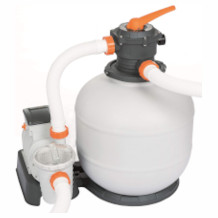
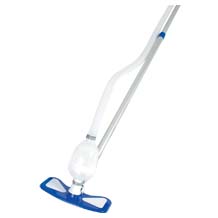
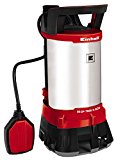
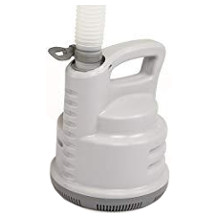
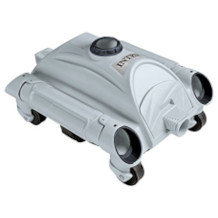
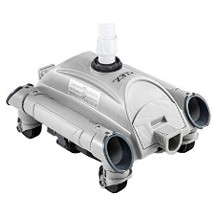
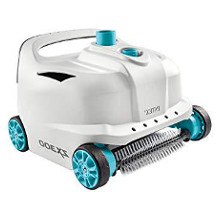
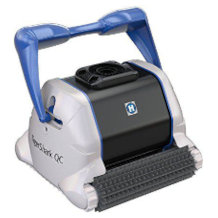
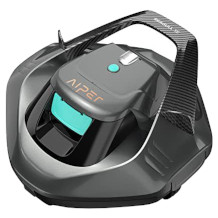
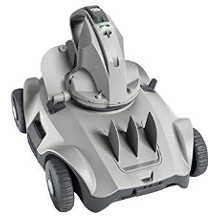
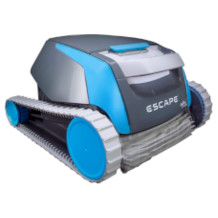
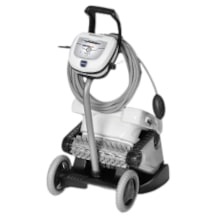

 14,997 reviews
14,997 reviews



